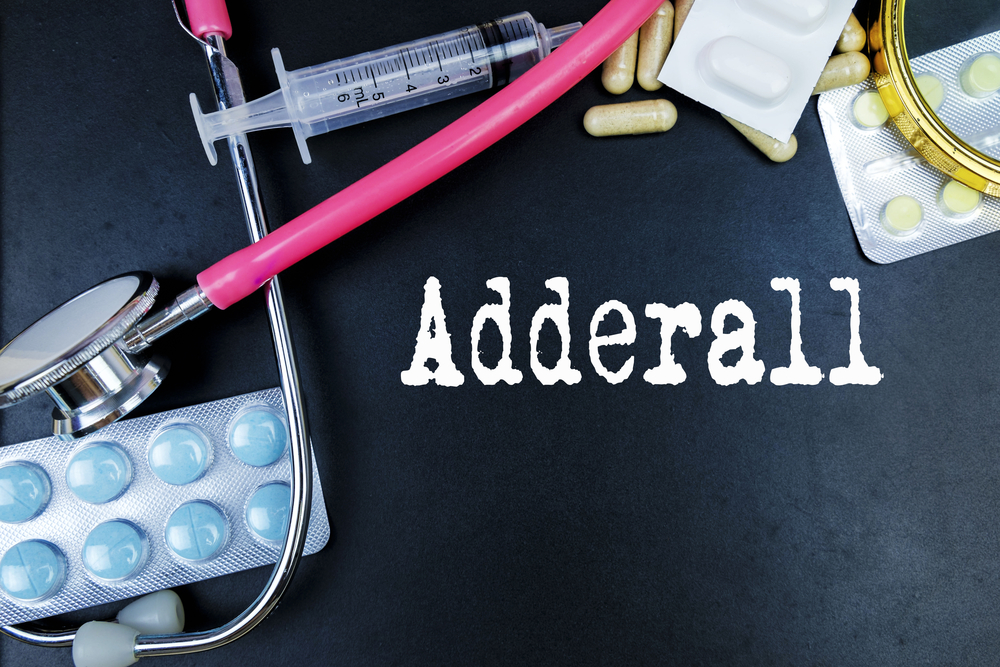Since the early 1900s, behaviorists (psychologists who study behavior) have researched what drives observable behaviors. The behaviors of teens are driven by intrinsic motivation, extrinsic motivation, as well as their physical, biological, and emotional needs. Further, teenagers innately operate from an emotional standpoint. This can be attributed to the fact that the area of the brain (known as the pre-frontal cortex) that primarily reigns rational thought, executive planning and impulse control is not yet fully developed. This means that teens are forced to process, problem solve, and make decisions using their amygdala (the area of the brain that is most closely associated with impulsivity, aggression, emotion, and instinctive behavior). The American society is rooted in a culture that is performance-based, which places a tremendous amount of pressure on its youth.
Adderall
Adderall is the brand name medication for a central nervous system stimulant. It is a combination of amphetamine and dextroamphetamine. The United States Drug Enforcement Administration (DEA) has classified Adderall as a Schedule II Controlled Substance under the Controlled Substance Act (CSA). The CSA provides a mechanism for substances to be controlled, categorized, and regulated as each substance is sorted into one of five schedules, whose placement is based on the substance’s medical use, potential for abuse, and dependence liability. As a Schedule II Controlled Substances, Adderall is recognized as a substance “with a high potential for abuse, with use potentially leading to severe psychological or physical dependence.” The United States Food and Drug Administration (FDA) approved Adderall for use in the treatment of attention-deficit hyperactivity disorder (ADHD) in 1996. Adderall aims to target and treat the symptoms of ADHD, such as hyperactivity and impulsivity, by increasing the levels of chemicals (neurotransmitters) in one’s brain. The half-life, meaning the length of time the substance will remain in one’s system until the concentration in one’s blood has been reduced by half, of Adderall is approximately 10 hours. Adderall incites networks of nerve cells in the brain to work more effectively with each other, mainly by stimulating the dopamine system, to enhance brain function, concentration, and focus. Studies have shown that Adderall use does not improve academic performance in those without ADHD. Still, Adderall is commonly misused by students who are feeling the pressure to perform above their natural abilities (e.g., on exams, term papers, sports) as it can trigger a state of euphoria, increased wakefulness, and a better ability to cope with stress.
For Information and Support
Every family in need of mental health treatment must select a program that will best suit the needs of their family. When one member of a family struggles, it impacts everyone in the family unit. To maximize the benefits of treatment we work closely with the entire family to ensure that everyone is receiving the support they need through these difficult times. Seeking help is never easy, but you are not alone! If you or someone you know needs mental health treatment, we strongly encourage you to reach out for help as quickly as possible. It is not uncommon for many mental health difficulties to impact a person’s life, long term. Pursuing support at the beginning of one’s journey can put the individual in the best position to learn how to manage themselves in a healthy way so they can go on to live happy and fulfilling lives.
OUR KNOWLEDGEABLE ADMISSIONS TEAM CAN BE REACHED 24/7 AT INFO@PACIFICRTC.COM OR CALL: 800-531-5769






